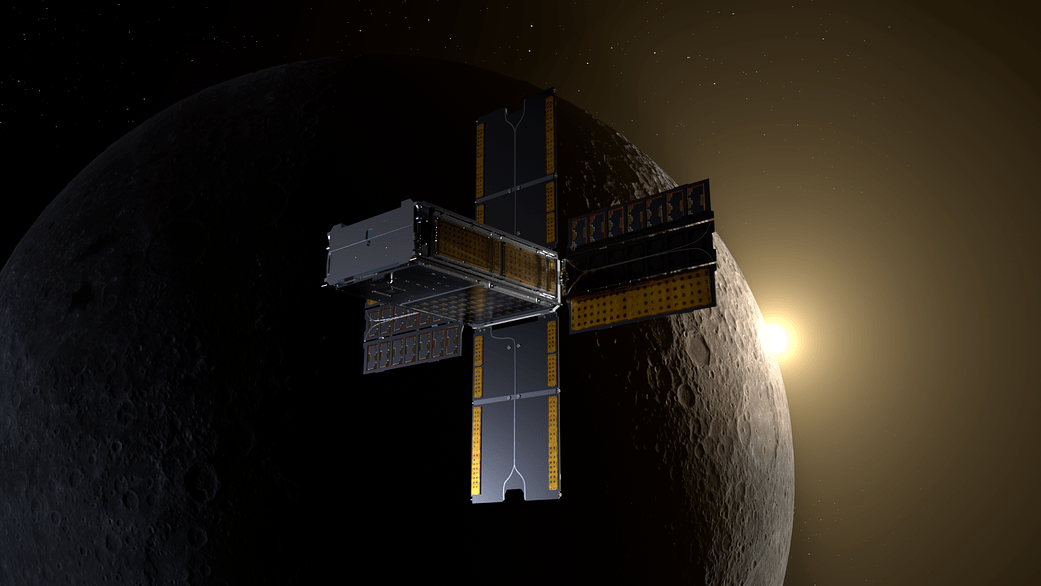NASA’s BioSentinel – a shoebox-sized CubeSat – is travelling far from Earth. But that also means it’s closer than ever to being the first long-duration biology experiment in deep space. BioSentinel’s mission operations team successfully acquired signal from the spacecraft shortly after launch on Nov. 16, 2022 and it is currently operating as expected.
BioSentinel, one of the 10 CubeSats that launched aboard Artemis I and subsequently deployed into deep space, will study the impacts of space radiation on yeast farther in deep space than ever before. Artemis missions at the Moon will prepare humans to travel on increasingly farther and longer-duration missions to destinations like Mars, and BioSentinel will carry microorganisms, in the form of yeast, to fill critical gaps in knowledge about the health risks in deep space posed by space radiation.
Upon initially receiving telemetry from the spacecraft at about 4 a.m. PST Nov. 16, health and status data indicated the spacecraft was tumbling, and the team worked with the Deep Space Network to send commands and resolve the anomaly.
“The team requested and received an emergency pass from the Deep Space Network to attempt a command to detumble the spacecraft,” said Matt Napoli, BioSentinel project manager at NASA’s Ames Research Center in California’s Silicon Valley, where the spacecraft was built and is managed. “The team then sent the spacecraft a command to perform a momentum management sequence, or detumble. A couple tense hours later, at 8:05 a.m. PST the team received telemetry showing the detumble was successful.”
Since then, the spacecraft has remained stable and has continued to perform its mission milestones, as planned. This includes its successful lunar flyby on Nov. 22, 2022, when BioSentinel passed approximately 250 miles above the Moon’s surface. And shortly after that, it successfully reemerged from 36 minutes of darkness, while the spacecraft was eclipsed by Moon. It is again pointing its solar panels at the Sun and recharging its batteries in preparation for the start of its experiment, which is expected to begin next month.
“We’re excited to see how the yeast are doing once the experiment begins and we receive the first science data downlink from the spacecraft,” said Napoli.





























